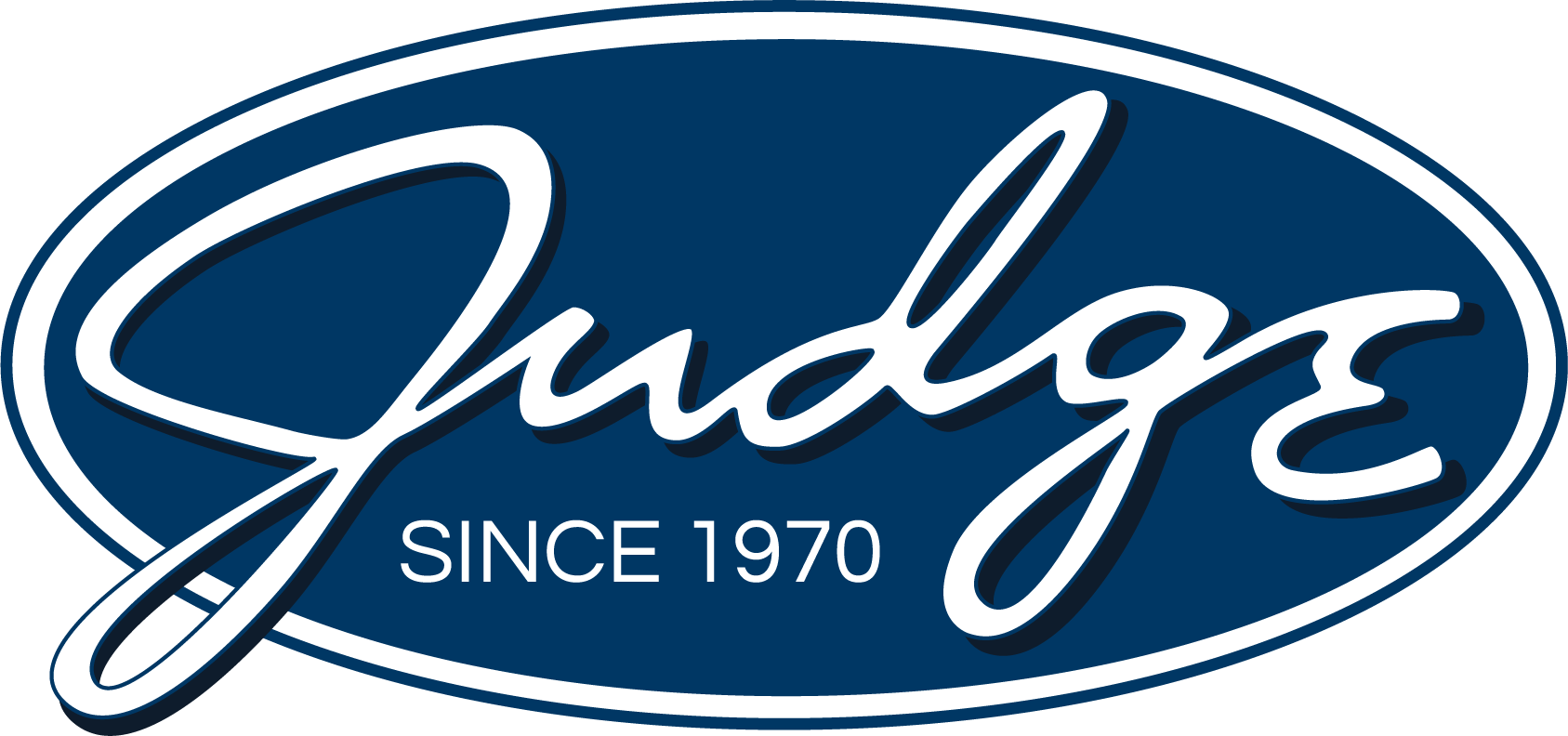The Most Important Instructional Design Question: Who Are Your Learners?
Good training begins with good information. As an instructional designer, I ask questions. Lots of questions. Some questions help me understand the details of a complicated subject or process; some help me get an idea of the bigger picture, including your organization’s overall goals and culture.
However, through my years of experience, I have found two questions to be the most important to consider:
- Who are your learners?
- What do they need to know or do to perform better?
Let’s start with the first question: Who are your learners?
When I ask about your learners, I don’t just want to know their job descriptions. That’s important, since I’ll be designing training that makes them better at those roles, but I also want to know who they are as people. The more I know about your learners, the more information I have to tailor my trainings specifically to reach them.
For example, let’s look at sales training. Here’s what I know about salespeople:
- Their jobs require them to be either selling or learning about the product
- They typically do not have a lot of patience for things that are not directly connected to their work
- They want to help their customers solve a need
Your sales team is not going to want to sit through a 45-minute e-learning module that covers every little detail of the new sales process, taking them step-by-step through a form they must now complete. They have targets to hit and potential customers to contact that are far more enticing than training.
- But what if I give them a visual they can keep at their desk for quick reference while they learn that new sales process?
- And if I present a set of short pieces they can consume in their own time?
- And if those segments are targeted to cover specific steps of the new process when they need a refresher, meaning they don’t have to wade through an entire training to find what they need?
- And if the learning incorporates stories of how the products they’re selling help people and connects that help to a specific step of the process?
Now I’ve created training they’ll want to pay attention to, because it speaks directly to the things that matter to them. I’m not wasting their time with training to check a box; I’m providing a solution that matters.
I can do this for any learner. I can design compliance training that matters to them because it presents them with information and resources that benefit them. I can create safety training that matters to them because it teaches them how to address issues they face. But to do this, I need to really understand who your learners are.
I’ll be covering the second question next week, so be sure to check back in to learn about why understanding what learners need to know or do to perform better is so important.
Want to talk more about this? Contact us at JLS@judge.com. Our team of creative rock stars and expert instructional designers are ready to help!




